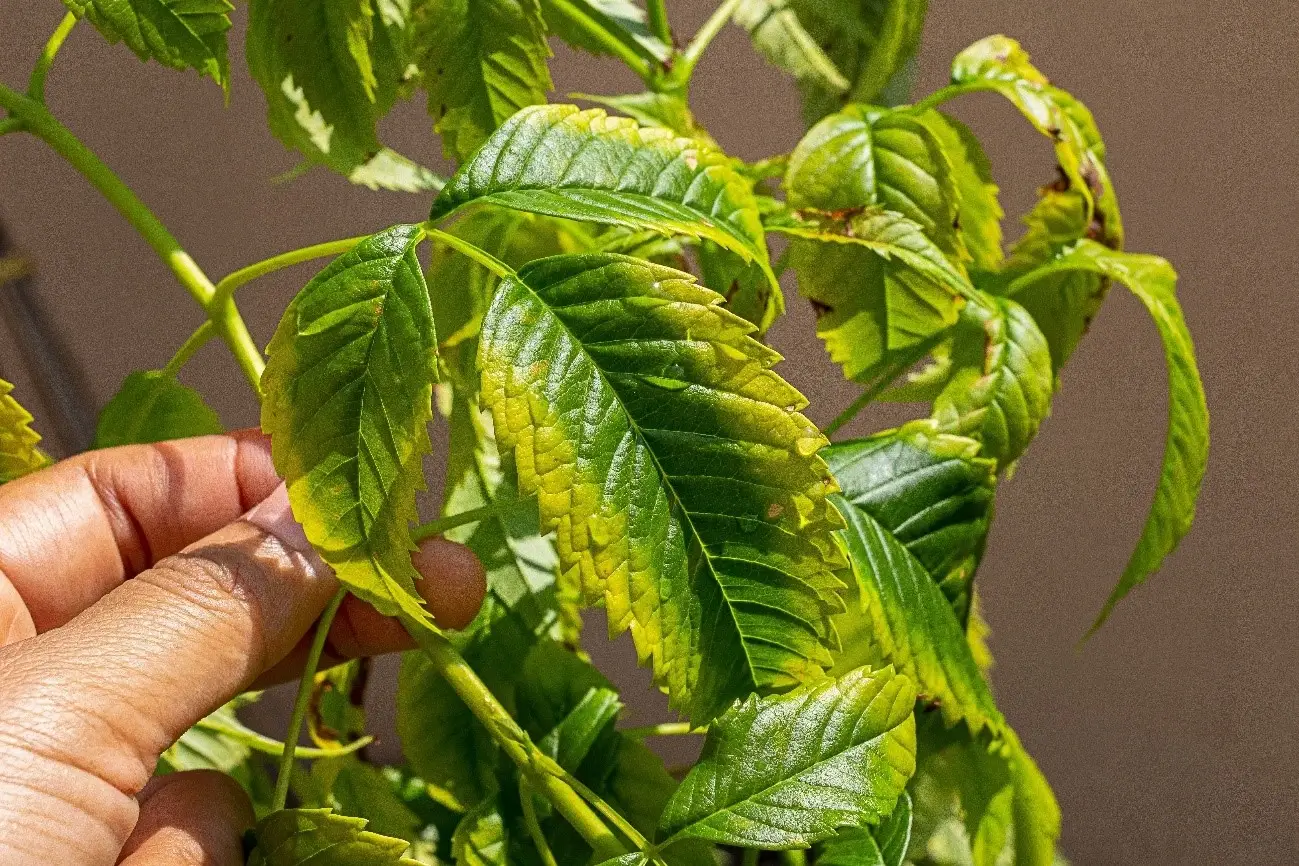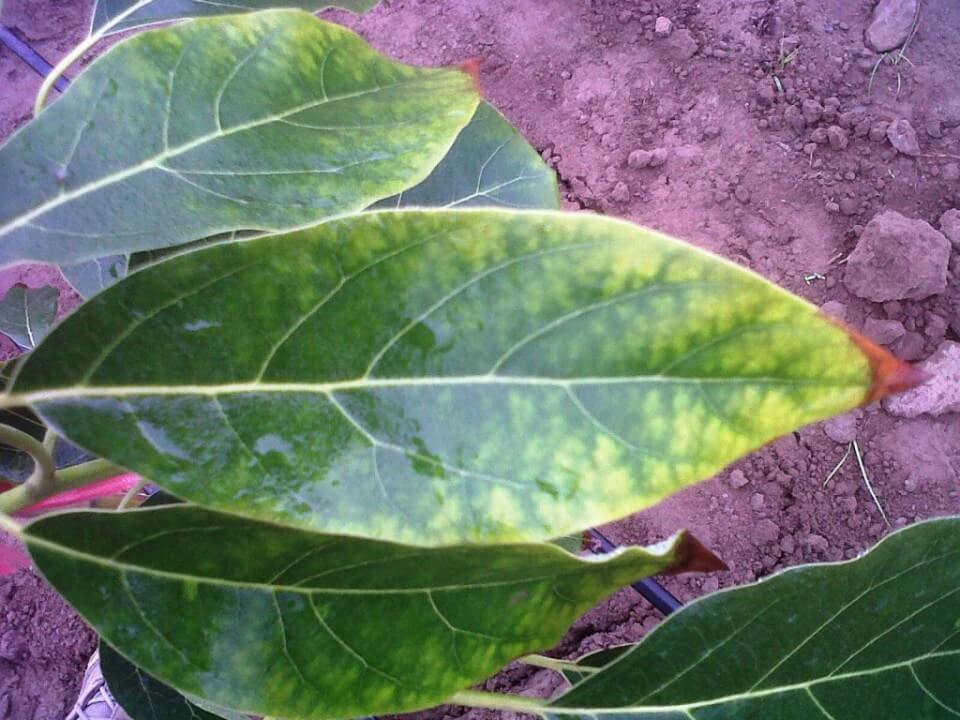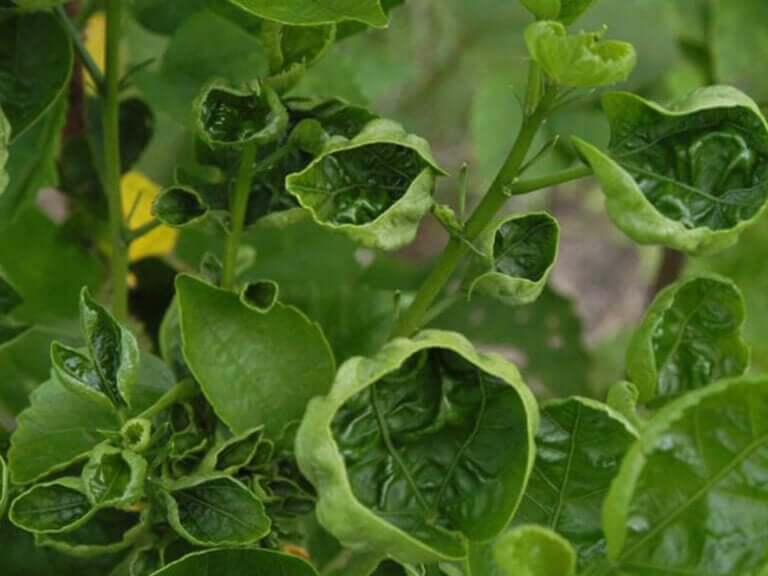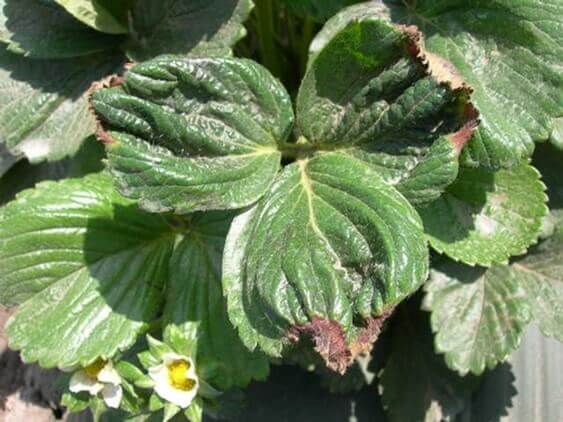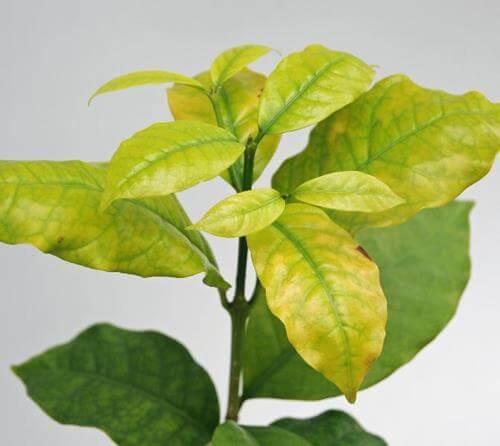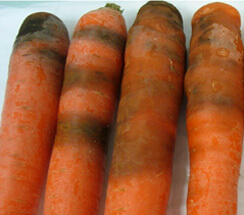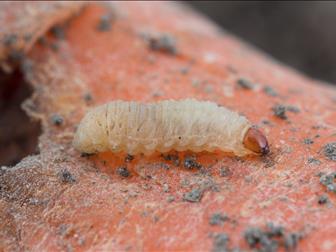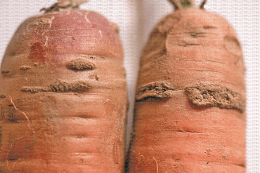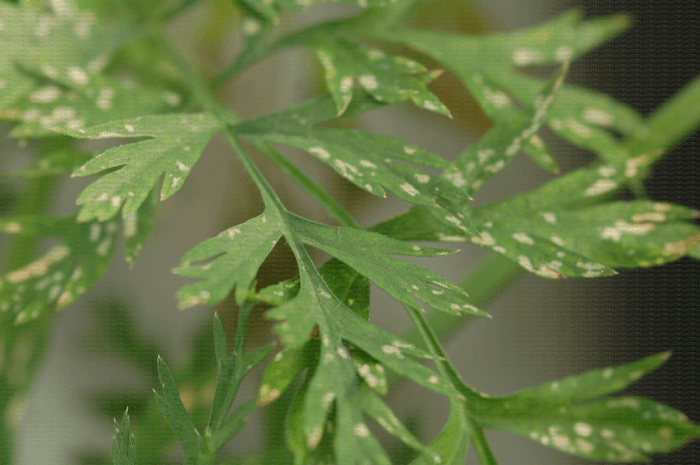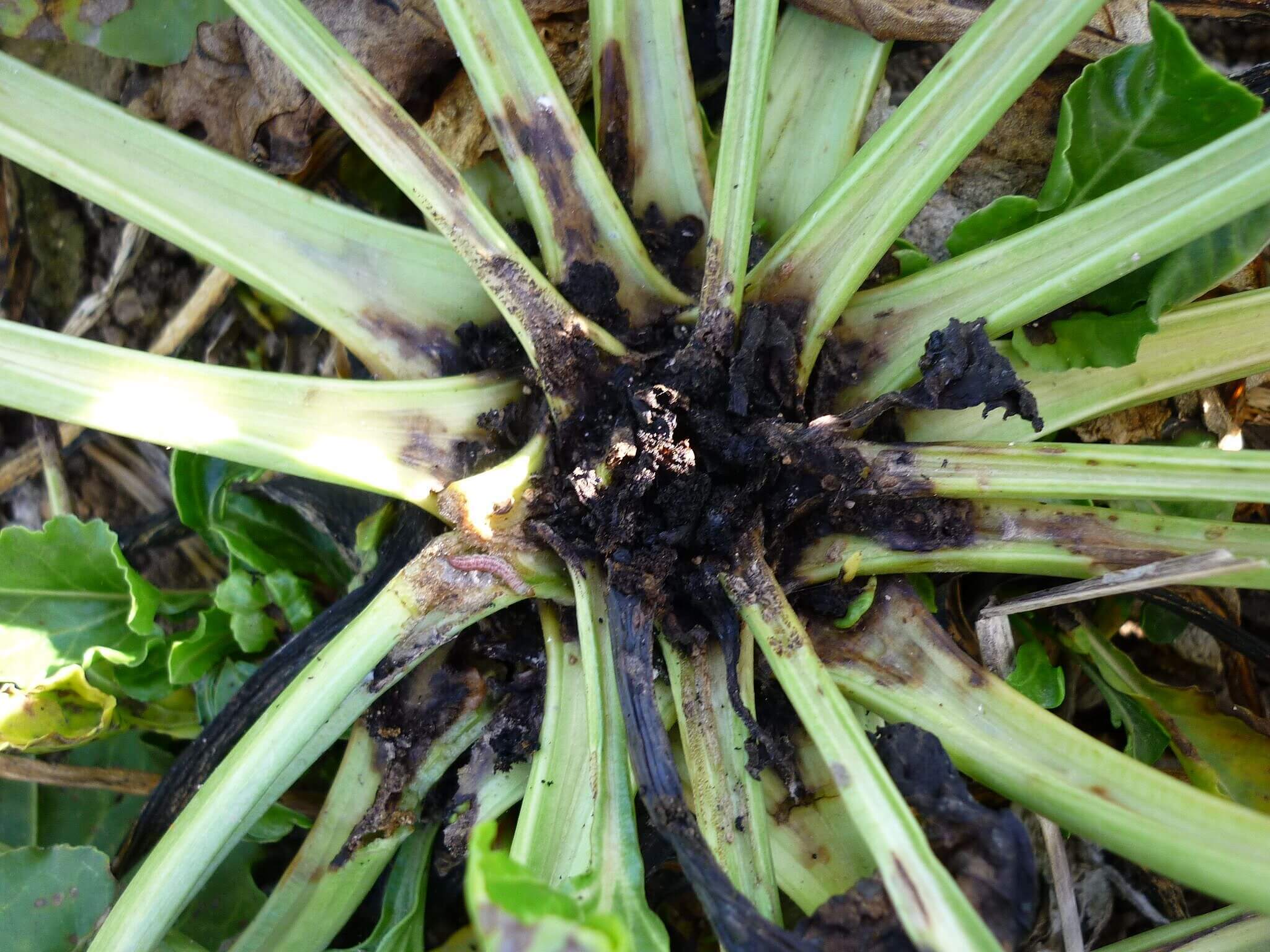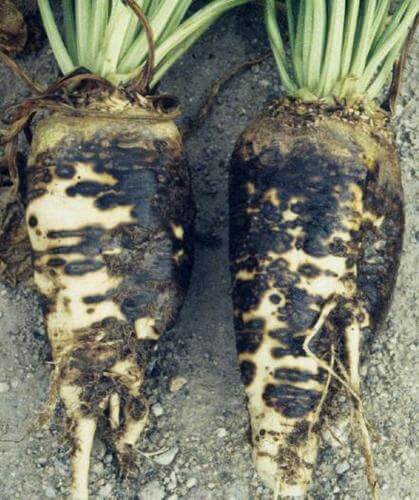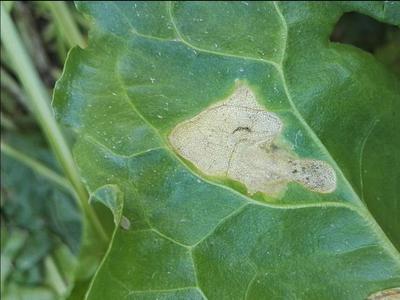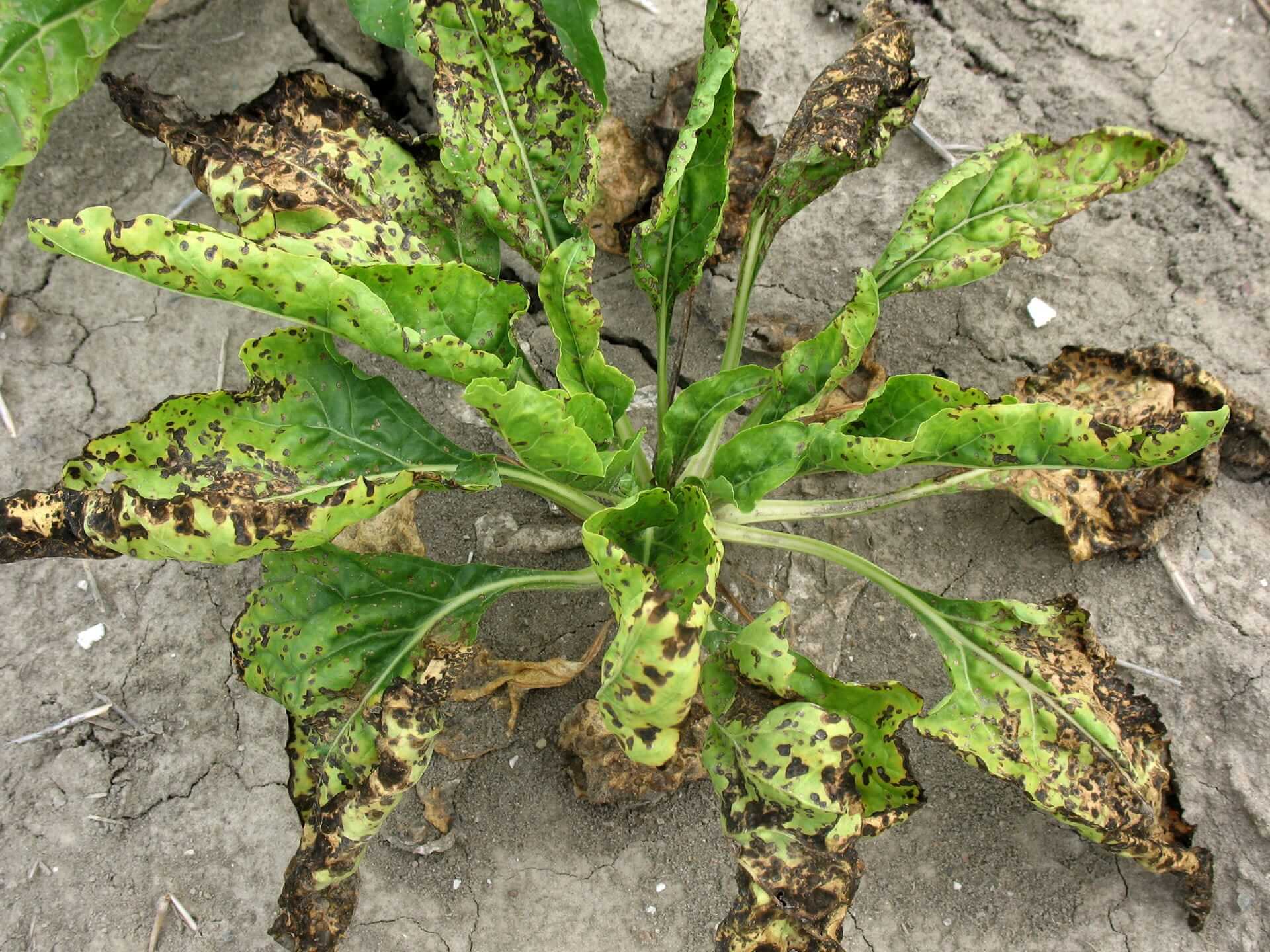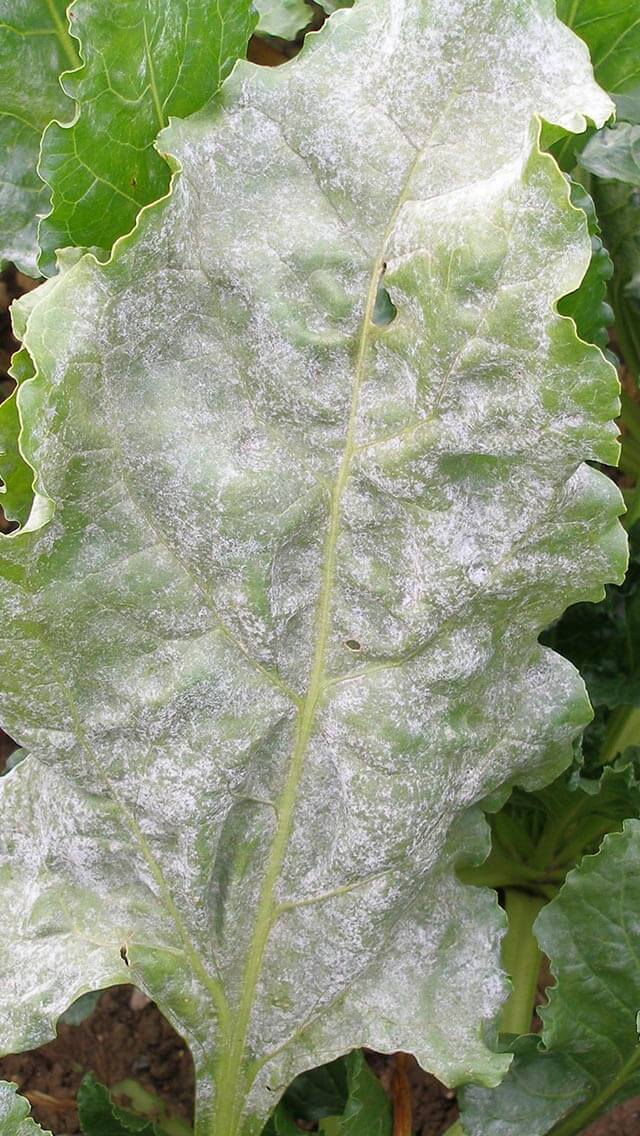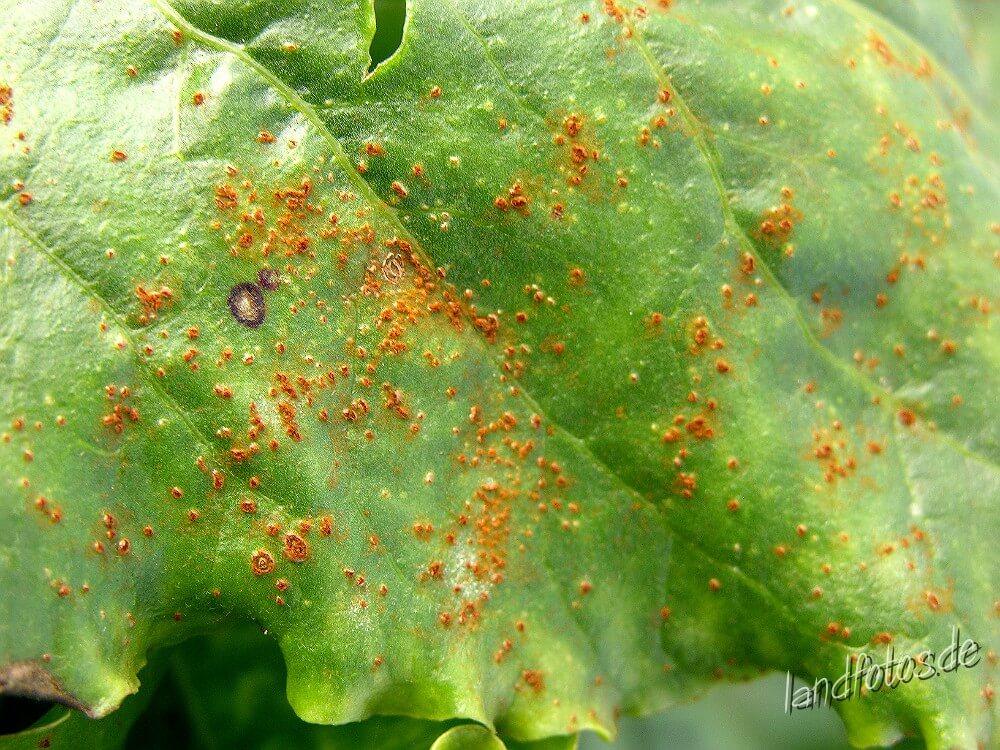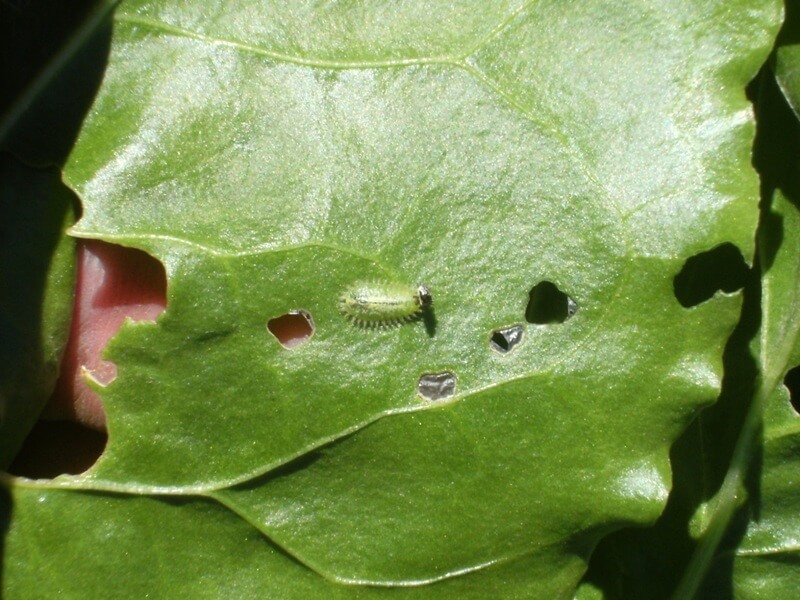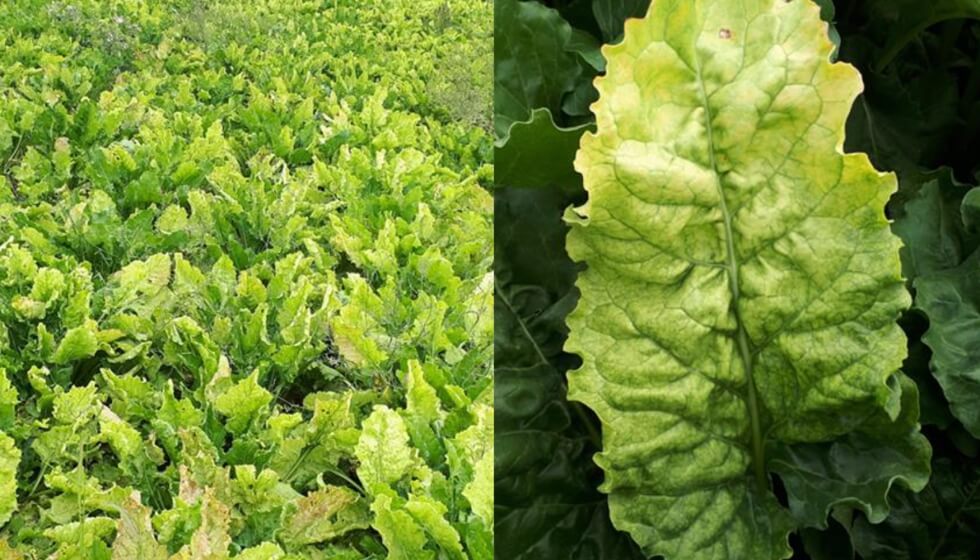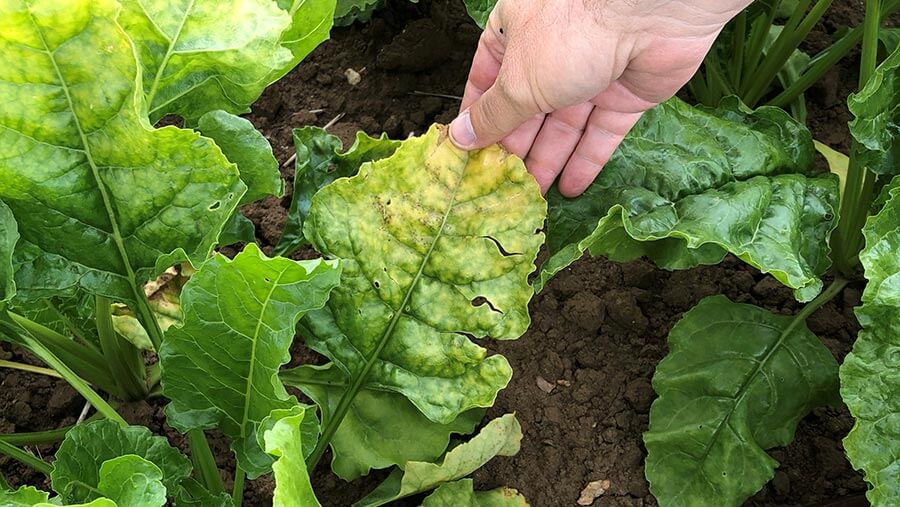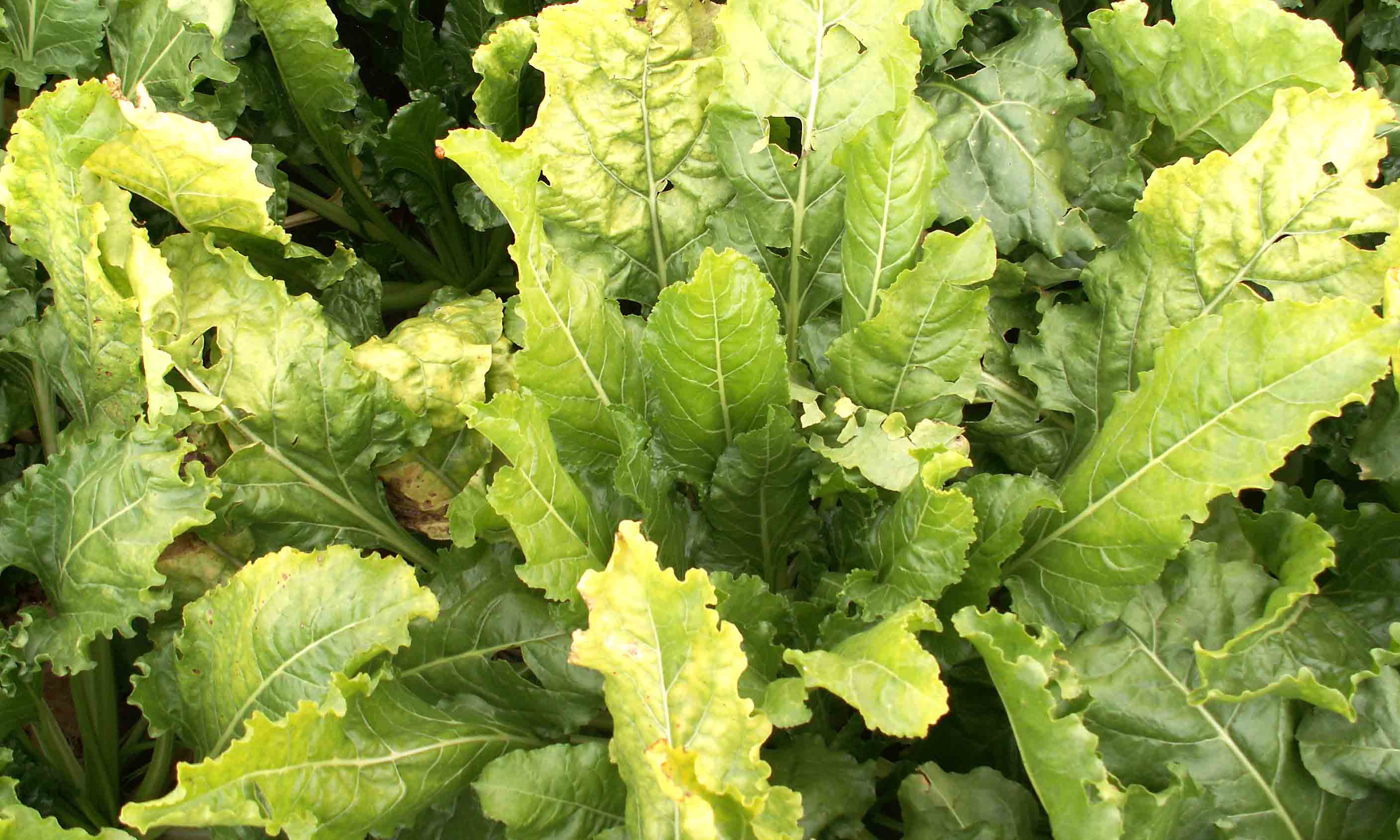
Plantas decorativas de jardín y/o interior
How to recognize and correct nitrogen deficiency in crops and garden plants
Nitrogen Deficiency
Nutritional disorder
Type:
Risk to the plant:
ALTO
-
Pathogen:
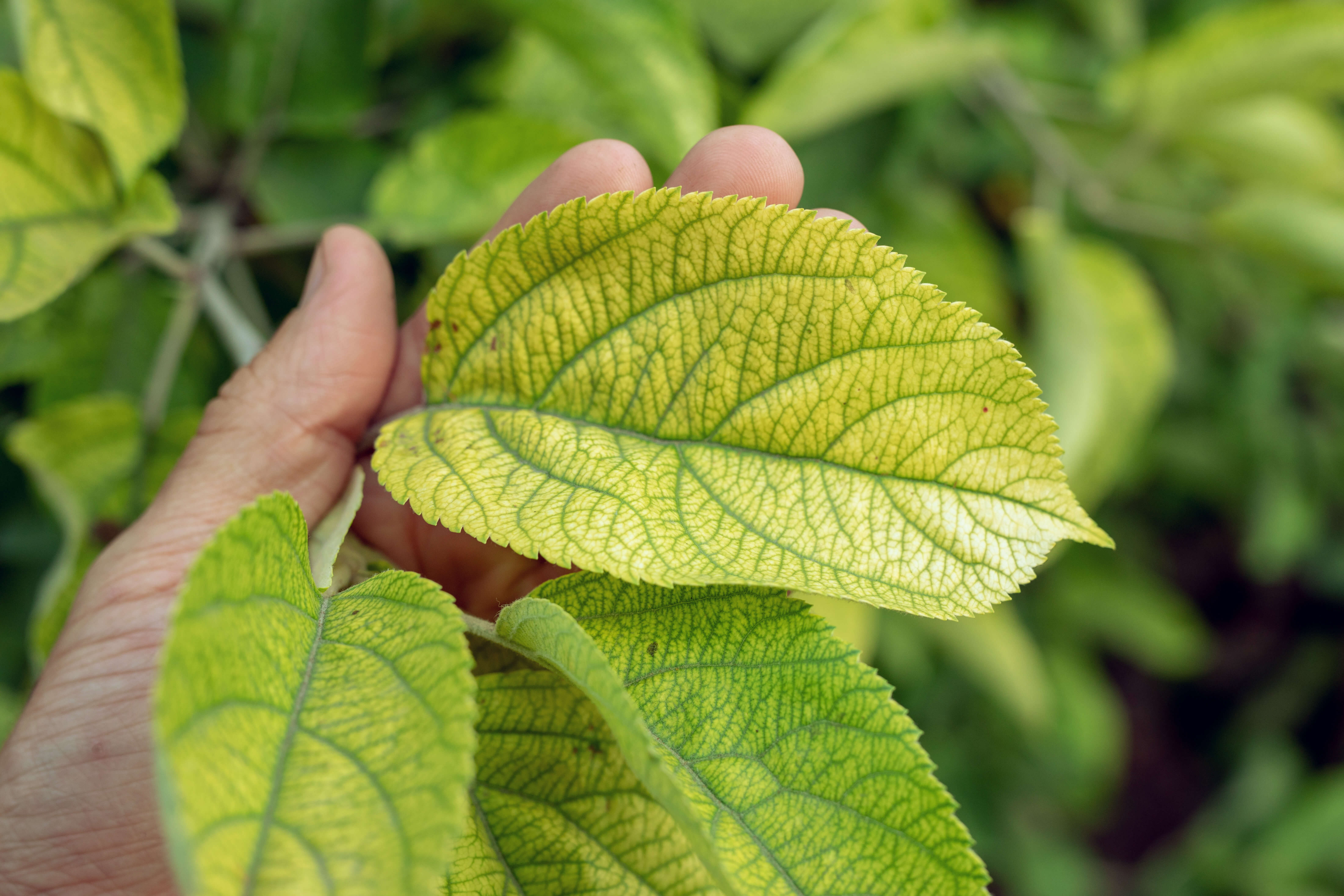
Deficiencia Nitrógeno
WHO CAUSES IT?
Nitrogen deficiency is one of the most common nutritional problems in agriculture and gardening. This nutrient is essential for the formation of chlorophyll, proteins, and enzymes, so its deficiency directly limits plant growth and productivity. Soils lacking organic matter, excessive irrigation, leaching from heavy rainfall, or an inadequate pH are common causes of this disorder.
SYMPTOMS
Nitrogen deficiency is usually first noticed in the older leaves, which appear pale and weakened. Over time, the plant loses vigor, reduces its production, and becomes more susceptible to pests and diseases.
Typical symptoms:
• Yellow or pale green lower leaves (chlorosis).
• Thin stems and reduced growth.
• Small leaves and premature drop.
• Early and forced flowering.
• Poor fruit production or grains with low protein content.
Nitrogen deficiency progresses gradually, beginning with mild signs and reaching critical stages if not corrected promptly.
Developmental stages:
• Initial: Mature leaves are lighter than normal.
• Intermediate stage: Yellowing progresses from the lower leaves to the upper ones.
• Advanced: Stems and veins take on a reddish or purplish hue.
• Final: Generalized chlorosis, leaf necrosis, and premature wilting.
• Final consequence: sharp reduction in yield and even death of the plant.
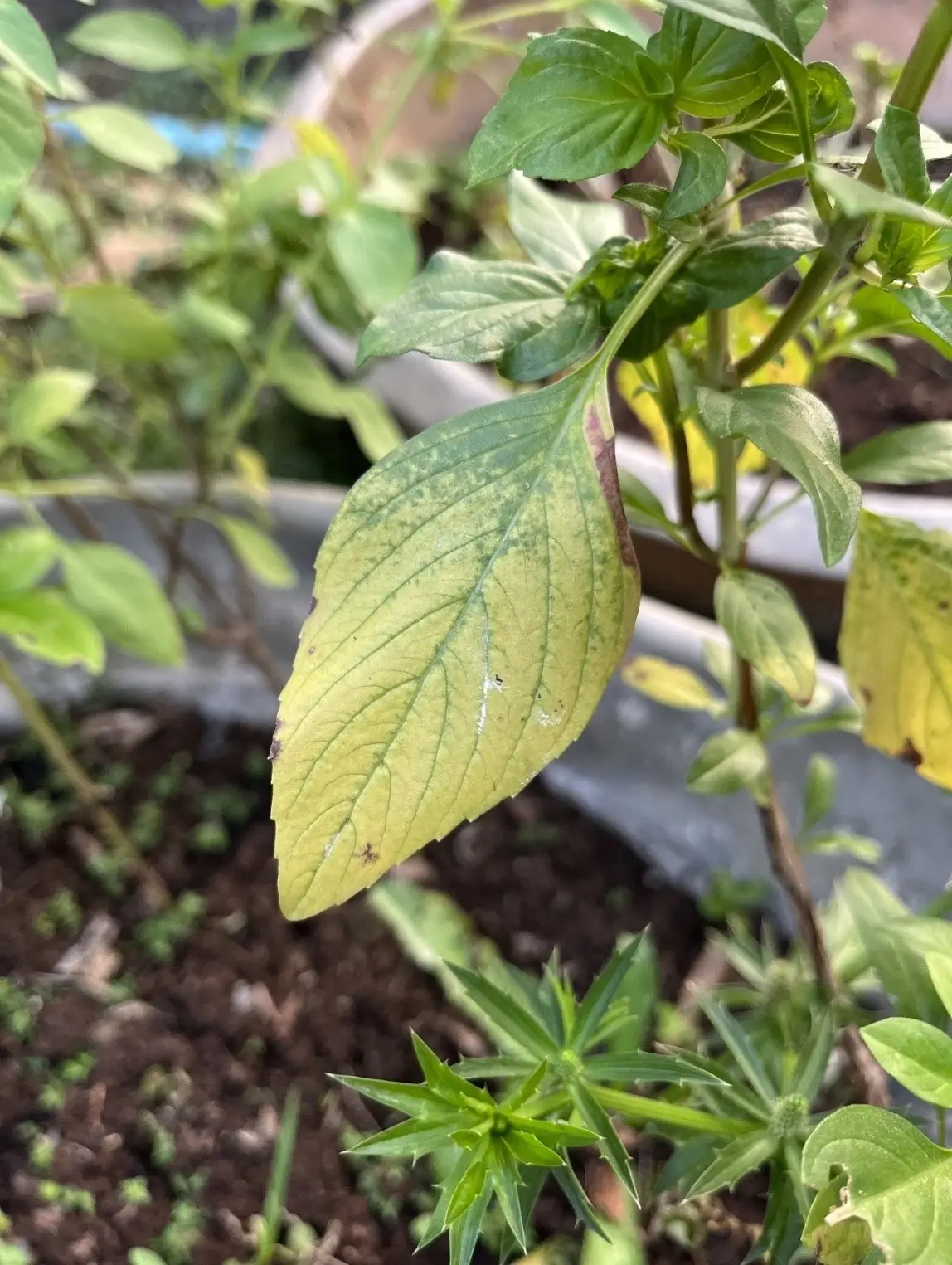
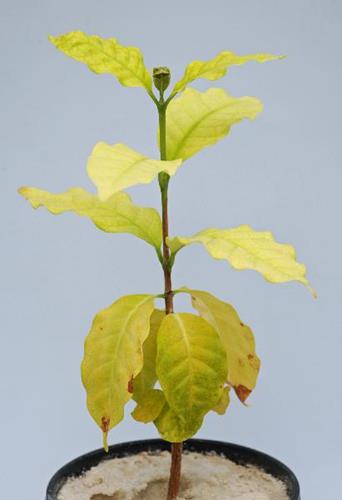
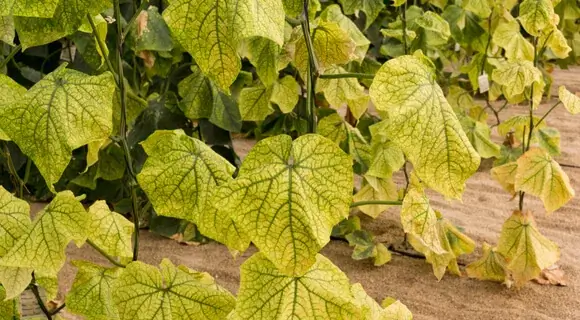
DEVELOPMENT CONDITIONS
Temperature:
-
Humidity:
-
HOW IS IT SPREAD?
-
HOW TO ELIMINATE IT?
Home treatments
There are no home treatments
Natural allies
Chemical treatments
There are no treatments for this disease. Treatments are directed at the insect vectors that transmit it. See insect treatments.
RECOMMENDED PRODUCTS TO ELIMINATE THE PEST
Sponsored link
Sponsored link
Sponsored link
Sponsored link
Sponsored link
Sponsored link
Sponsored link
Effective against all types of fungi
Sponsored link
Sponsored link
Sponsored link
Sponsored link
Sponsored link
REPELLENT PLANTS
-
RECOMMENDATIONS























